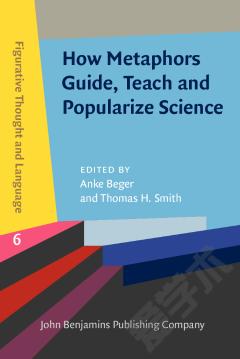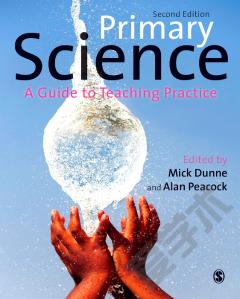How Metaphors Guide, Teach and Popularize Science
Metaphors are essential to scientists themselves and strongly influence science communication. Through careful analyses of metaphors actually used in science texts, recordings, and videos, this book explores the essential functions of conceptual metaphor in the conduct of science, teaching of science, and how scientific ideas are promoted and popularized. With an accessible introduction to theory and method this book prepares scientists, science teachers, and science writers to take advantage of recent shifts in metaphor theories and methods. Metaphor specialists will find theoretical issues explored in studies of bacteriology, cell reproduction, marine biology, physics, brain function and social psychology. We see the degree of conscious or intentional use of metaphor in shaping our conceptual systems and constraining inferences. Metaphor sources include social structure, embodied experience, abstract or mathematical formulations. The results are sometimes innovative hypotheses and robust conclusions; other times pedagogically useful, if inaccurate, stepping stones or, at worst, misleading fictions.
{{comment.content}}








 京公网安备 11010802027623号
京公网安备 11010802027623号